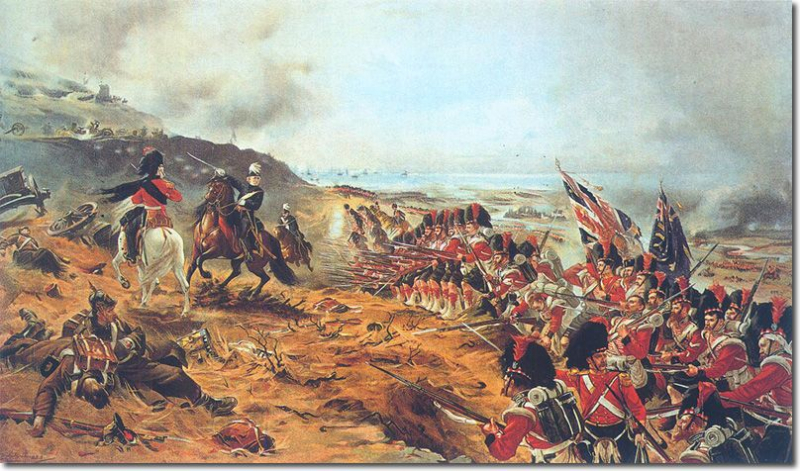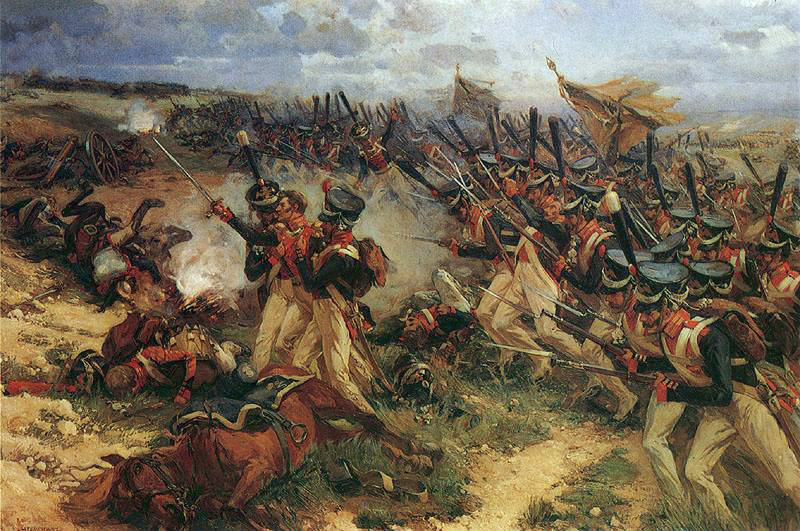Thaddeus Kosciusko's fortification played a key role in the battle
Major General Philip Schuyler's American forces were withdrawing after the British captured Fort Ticonderoga, but they made sure that the British had to withstand the Burgoyne attack. Major General Horatio Gates succeeded Philip Schuyler as the force's commander in August. In September, Gates gave the order for his troops to advance north, and they decided to erect defenses at a location named Bemis Heights, some 15 kilometers south of Saratoga. Colonel Thaddeus Kosciusko, a Polish engineer, created some incredible fortifications that were crucial to the war.
Thaddeus Kosciuszko disembarked from a ship and ascended a pier at Philadelphia, Pennsylvania, in the latter part of August 1776. Kosciuszko was elevated to colonel by Congress in October 1776 after getting to know Benjamin Franklin and showcasing his abilities by creating fortifications and barriers along the Delaware River. In Red Bank, New Jersey, near Fort Mercer, he designed in December. In order to delay the British, he directed his forces to retire from Ticonderoga in the summer of 1777. To do this, he cut down trees, moved rocks onto the road, diverted traffic, and dammed a stream to turn a woodland route into a swamp. Kosciuszko's organization and utilization of the terrain during the fall of 1777 helped the Americans win at Saratoga.
In March 1778, Kosciuszko strengthened Fort West Point in New York, as well as the section of the Hudson River it avoided. Here, he met the charming and humorous Agrippa Hull, a black New-Anglesite who would serve as Kosciuszko's servant, helper, and comrade for the remainder of the war.







